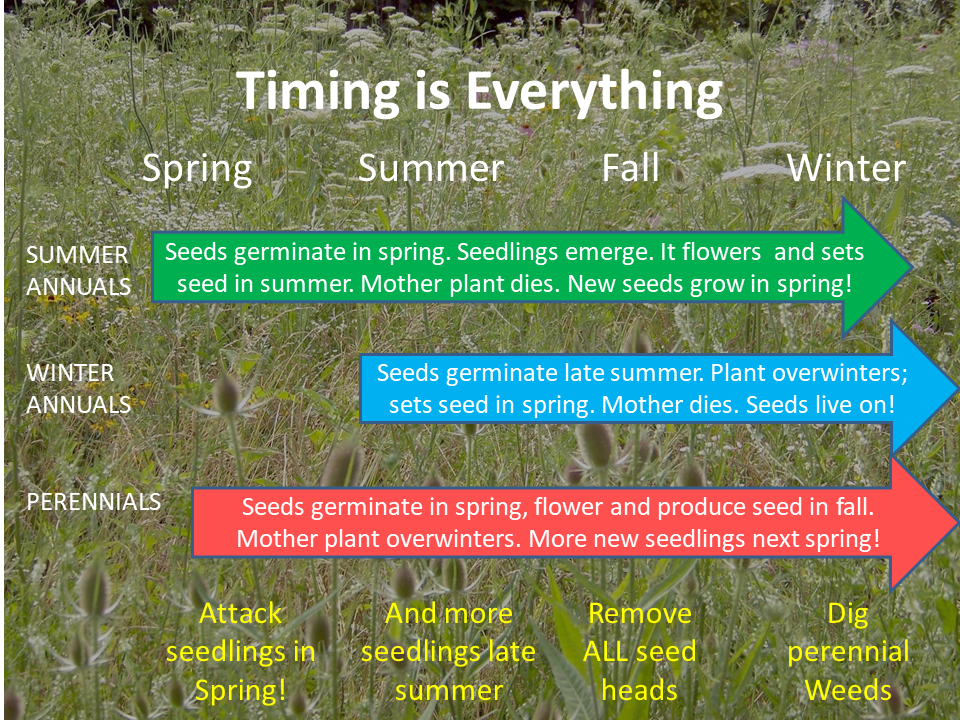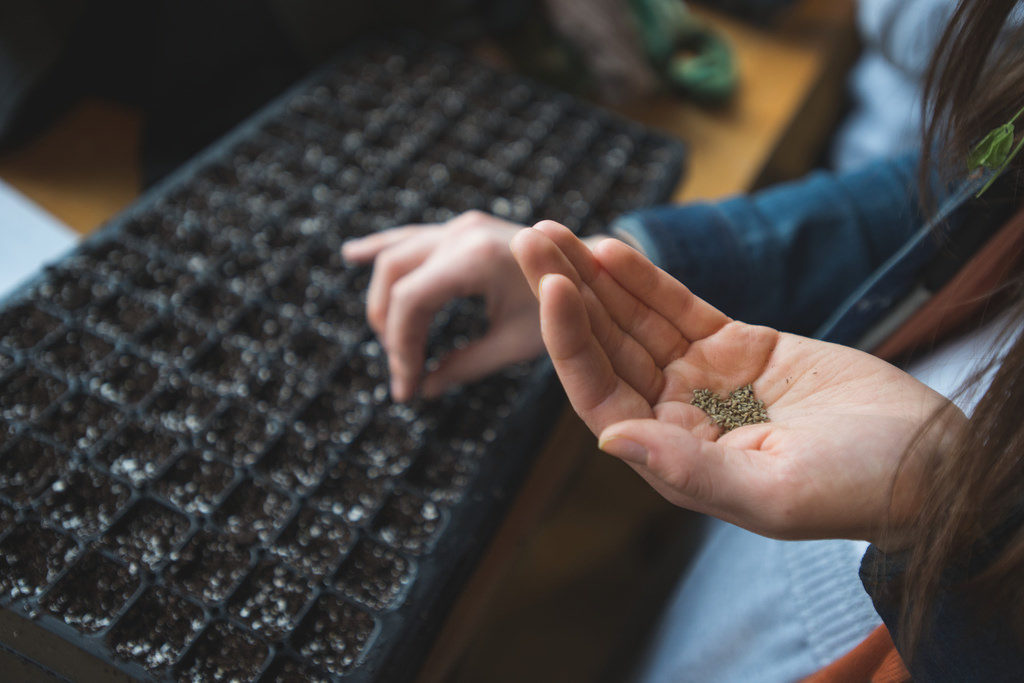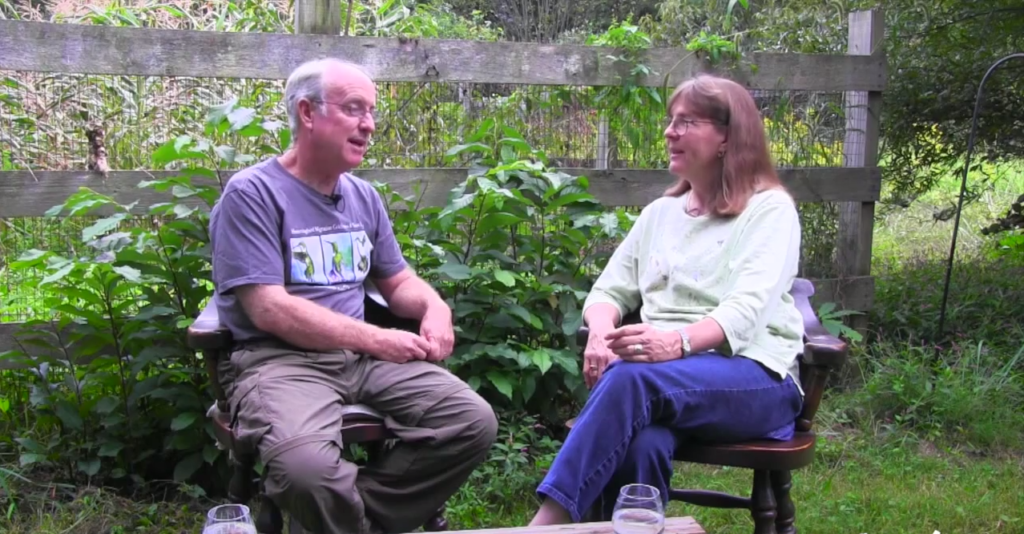
Learn how to identify Ontario weeds, their favorite spots and germination conditions. Knowing the habits of dastardly weeds is a big part of solving the problem
Weeds are more easily dealt with when we identify them first, then plan our attack!
Weeds are simply plants we don’t want. Some harm crops or threaten other beneficial plants. Some are just unwanted and unattractive. Most of what we call weeds are aggressive, hardy plants that adapt and thrive so well, they’ve become invasive and harmful …or at least a nuisance.
Know Your Enemy – Weeds have their favourite spots and germination conditions. Knowing their habits, the conditions for them to germinate, spread or thrive is a big part of solving the problem.
Weeds reproduce in two different ways:
Sexual reproduction – by generating and germinating seed. When a seed falls in the right conditions, it germinates and grows and develops into a mature plant. Conditions for germination include whatever that weed considers the right amount of moisture, light, oxygen, and temperature (and they tend to tolerate a lot of rough conditions).
Asexual reproduction – vegetatively – by stems, runners, or stolons. A node on a creeping stem may root resulting in the production of a new plant. Any broken piece of some plants’ stems or roots has the potential to become a new plant. Simple perennials often re-grow even if a portion of the taproot remains (Dandelions are one example).
Weed life cycles can be broken down into five categories:
1. Annual – Weed species that completes its life cycle (seed to seed) within one growing season or one calendar year
2. Summer annuals – germinate in the spring and the plant sets seed in the summer or fall then dies.
3. Winter annuals – germinate during the late summer or early fall. The plant overwinters and produces seed the following spring or early summer.
4. Biennials – usually germinate in the spring, and the plant grows and then overwinters. Next spring, the plant re-grows, flowers and produces seed and then dies, leaving its progeny to carry on.
5. Perennials – germinate in the spring, then grow, flower and produce seed in the fall. That seed spreads to start new plants, and the ‘mother’ plant also overwinters and begins the cycle all over again next spring. Perennials produce seed (simple perennials) or spread vegetatively (creeping perennials).
20 Common Ontario Weeds
Click here for a printable summary with images of 20 common weeds including information about their life cycle, conditions for germination or spread along with hints for identifying the young seedlings. Images are shown at seedling stage as that’s when you want to attack. Use this knowledge to form your battle plan.
Manage your Weeds
Timing is important!
The best time to control any weed is while the plant is in its weakest stage – as a youngster; a Seedling. By nipping a plant’s reproductive efforts in the bud, we can remove it before it has a chance to set thousands of new plants and make our jobs many times more difficult. By removing plants before seed heads develop or before those difficult-to-remove long and healthy roots have dug in, we are seriously reducing the number of weeds to deal with later. By taking control of seeders and creepers before they’ve spread throughout our gardens, our weeding efforts will be easier and more successful.
The second most important time to take action is when the weeds are flowering. Those flowers turn to seed that will spread throughout your garden! So if you missed tackling the problem at the seedling stage, make sure you get those flowers and seed heads removed BEFORE your invasion gets a lot worse.

Timing is also important when digging weeds- it’s easiest after a deep rain, NOT during a long drought.
Prevention is a great strategy too
- Keep the soil covered as much as possible, either with tightly spaced plants or ground covers or a thick layer of mulch (and make sure its weed-free when you buy it). If we don’t put something on bare soil, Mother Nature will! We might not like what she chooses!
- Don’t put weed seed-heads in your compost as it may not heat up enough to kill those seeds before you add that compost to your garden. Send them to the curb in a garbage bag.
- Minimize cultivation of the soil. It seems contrary, but in fact digging in the soil brings more weed seeds to the surface.
More hints for Identifying and Managing Weeds
- OMAFRA’s Weed ID guide – downloadable guide with great images and information
- CBC Life – Ultimate Guide to Weeds – what to yank – well-written with great images of many common weeds
- Fine Gardening – Six Tips for Effective Weed Control – good common sense steps
- Ohio Weed Guide – Perennial and Biennial guide
Summary
To effectively manage weeds, it’s important to start by Knowing the Enemy. Identify what you’re dealing with first. By understanding a specific weed’s life cycle, and how it reproduces, we are better armed in the fight to control its spread.
Weeds are also indicator plants. In some instances, they give us insight into what’s happening in our garden soil. That ‘heads-up’ not only helps us deal with the offending weed but also gives an indication of what soil amendment might be beneficial if we want other plants to thrive in that bed.
It all comes down to knowing our problem weeds a bit better, then making plans to deal with them in a timely way, before they’ve spread seed or before they’ve sent their creeping stolons throughout our perennials or turf grass.
This has obvious benefits in terms of a gardener’s workload as well as ensuring the vitality of our ornamental plants or crops that are competing for those very precious resources – light, nutrients, and moisture.
It truly pays to know your enemy! Happy Weeding,
Linda Armstrong, London Middlesex Master Gardeners
References/Resources:
Seedling ID guide for Native Prairie Plants (some may call weeds) – can be desirable native plants in the right location
More Databases of Weeds, Plants, Bugs, Disease





About The Author: Armstrong
As an author and editor, Linda directs her lifelong love of nature and plants to concerns about our environment and how we can do better. In addition to decades of gardening experience, and training as a master gardener, Linda focuses on learning from leading science-based educators and writers, and in the process finds that she uncovers many gardening myths.
More posts by Armstrong